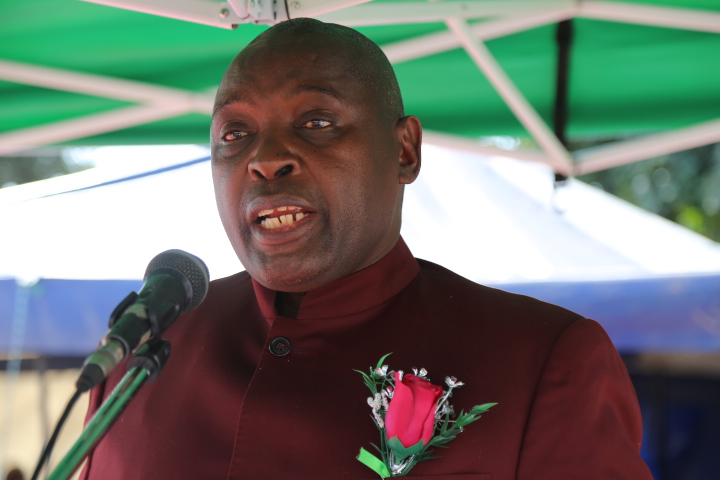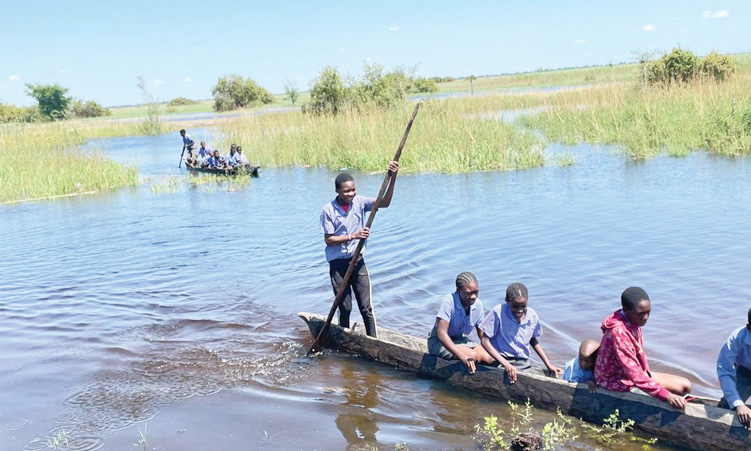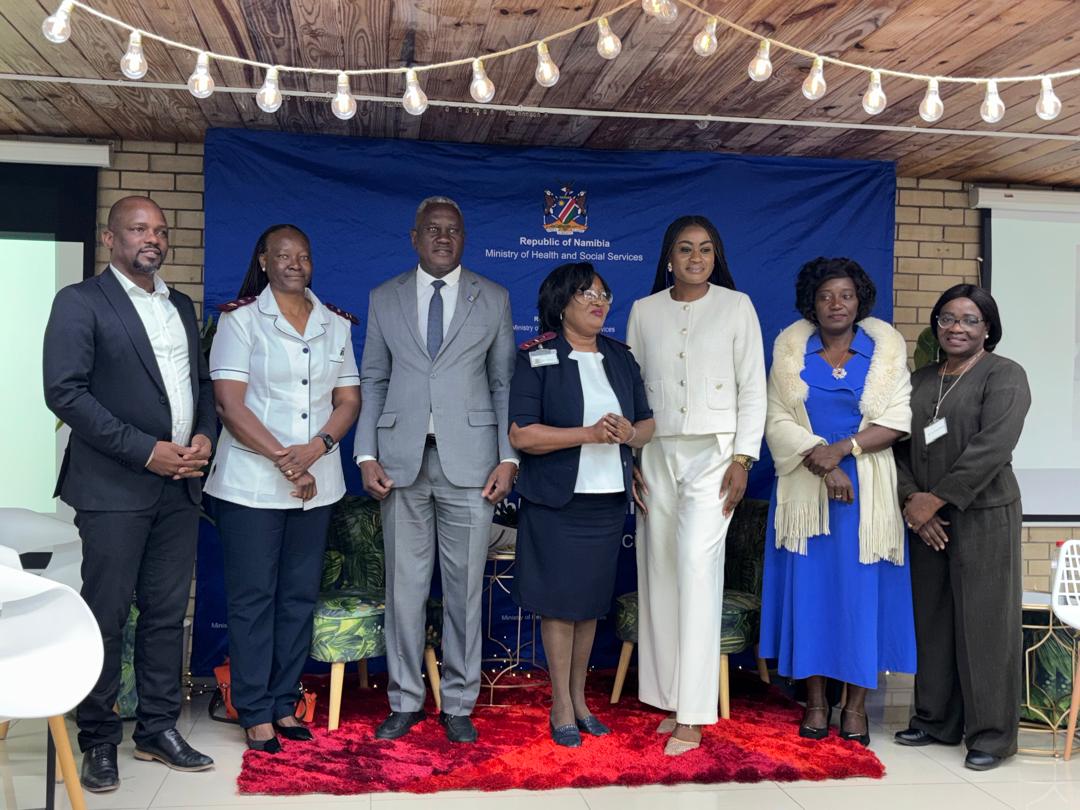LIGHT or water? That’s a choice southern Africa could face in a few years and at two key international conferences in October and December the region will come under pressure for massive hydro-power projects stripping an already dry region of water.
Mozambique intends to build a US$2 billion dam on the Zambezi, 70km from Cahora Bassa at Mphanda Nkuwa to mostly serve South Africa’s power needs.Zambia is raising money to dam the Zambezi at Kafue to serve its needs and those of Botswana.The Zambezi already has large dams along its long route including at Kariba in Zimbabwe.The new hydro-projects ignore warnings from a global cadre of scientists. United Kingdom government researcher Sir Nicholas Stern recently said there will be a three to six degree Celsius increase in temperature in the next few years that will see a 30 per cent to 50 per cent reduction in water availability in Southern Africa and a 15 to 35 per cent reduction in agriculture production across Africa. A 2006 University of Cape Town study shows that even a small decrease in rainfall could cause drastic reductions in river flows in Africa.At the first Solar World Congress held in Africa at Sandton from 11 to 14 October, energy experts Mark Hankins, a Nairobi consultant for International Rivers and Mozambique NGO Justica Ambiental will remind South Africa that it is ‘one of the top carbon dioxide emitters in the world. Cheap electricity is dirty electricity. In most of Africa there is coal and large scale hydro-electric projects and they are associated with two major environmental problems: coal and mining and large scale hydro-electric projects associated with damage to river basins. All over the world solar energy, bio fuels and wind farms are subsidised by governments.’Mozambique and now Zambia are damming sections of the Zambezi, the mother river of southern Africa, which for aeons has provided sustenance to people, plants and animals. Environmentalists are warning that more damming of this lifeline could hasten water and food shortages in just a few years.The urgent need for a dramatic transformation in energy policies in southern African will be highlighted by Hankins and the United Nations Climate Change Conference in Copenhagen in December. A report released recently by former UN secretary-general Kofi Annan, president of the Global Humanitarian Forum: ‘Human Impact Report: Climate Change – The Anatomy of a Silent Crisis’ noted that ‘today climate change seriously impacts on the lives of 325 million people. In twenty years that number will more than double to an estimated 660 million, making it the biggest emerging humanitarian challenge in the world, impacting on the lives of 10% of the world’s population.At the December conference African countries are expected to ask for US$600 billion in aid to push green solutions, Hankins says. They in turn are likely to be met with a demand that they shelve big dams and rapidly move government, business and the public to implementing green solutions.Hankins notes: ‘Eskom is the fifth largest power company in the world and South Africa has been very successful in giving people access to electricity. Green energies tend to be more expensive, but they create jobs and don’t damage the environment. In Kenya electricity costs three times what it does in South Africa. Getting South Africans off cheap electricity is like getting Americans off cheap gasoline.’He says there is huge potential for cost-effective energy efficiency measures in South Africa that could greatly reduce the need for new big dams on the Southern African grid. ‘Green power creates more jobs than coal and hydro and safer jobs.’But right now, Mozambique is supporting wasteful electricity use south of its border. In fact, South Africa has the potential to quickly shave three to five times Mozambique’s entire consumption with energy efficiency measures.’ Hankins says: ‘Let’s put energy efficiency on the table not 1000MW solutions but multiple smaller solutions; people putting solar on the roof of their home or office and communities putting in micro hydroplants to help spread wealth around the region and bring opportunity to rural places far from national power grids.’Governments need to make money available for communities to develop their own power sources. Germany spends around $3bn a year on solar power alone.’Anabela Lemos of Justica Ambiental noted that existing dams on the Zambezi were already having a negative impact on downstream ecosystems and industries: ‘The prawn industry has been badly harmed by less water from upstream dams; it is worth tens of millions of dollars annually, even in a compromised state. Tourism and agriculture in the lower Zambezi supports around 600 000 people.’Hankins new report for International Rivers will be released at the Solar Energy conference and details South Africa’s potential for solar, wind, small-scale hydro and biomass. It describes key energy efficiency measures that could help Mozambique and South Africa reduce energy loads.-Nampa-Sapa
Stay informed with The Namibian – your source for credible journalism. Get in-depth reporting and opinions for
only N$85 a month. Invest in journalism, invest in democracy –
Subscribe Now!










